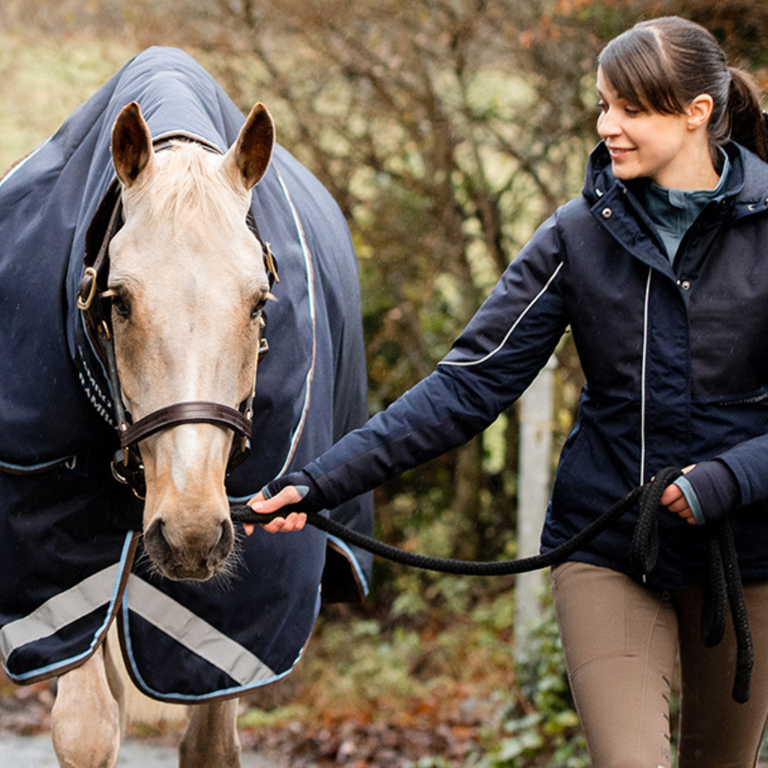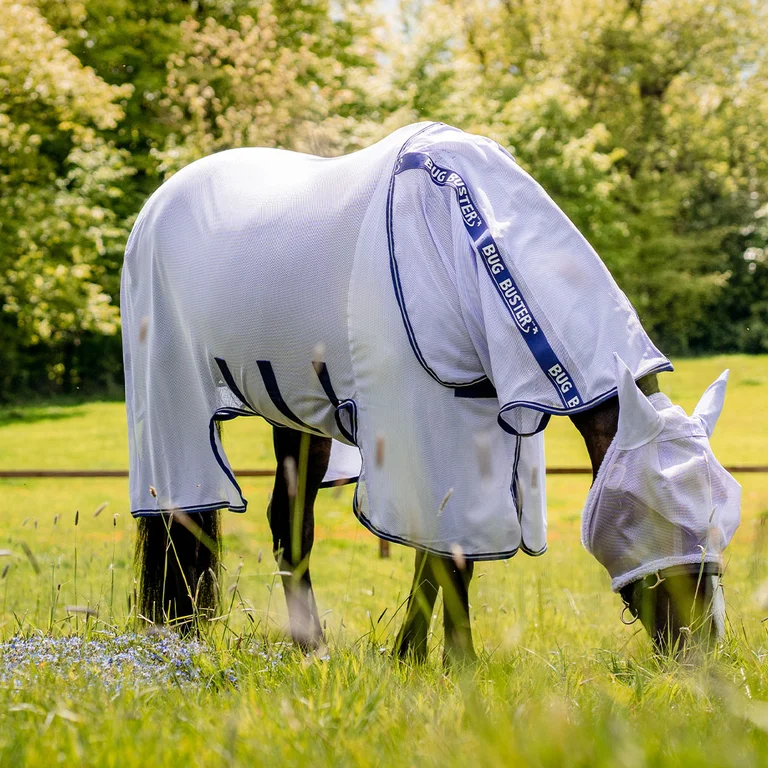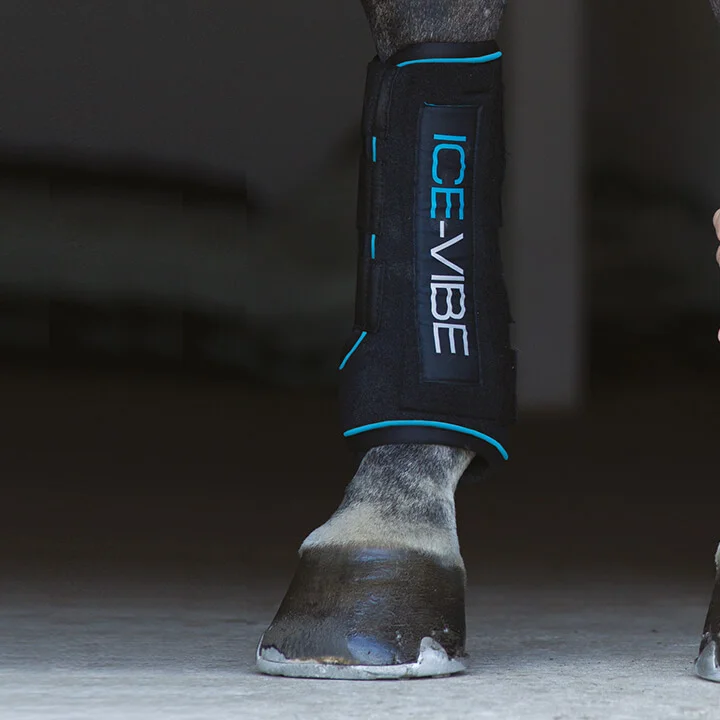Sun Protection for Horses: UV and Preventing Sunburn
7 minutes read - May 25, 2022
Read Next

A Guide to Bringing Home Your New Horse
Buying or loaning a new horse is an exciting time. After finding the right horse, you’ll be looking forward to getting to know them and making plans for the future. The first few weeks are crucial to help your horse settle in. By preparing for your new horse’s arrival, you will help them feel at home so you can enjoy many happy memories to come.
August 3, 2023

Fly Sheets: How to choose the right one for your horse
While longer, warmer days bring the opportunity for more riding and time at the barn in the sunshine, fly season has its own set of challenges. There are lots of ways to manage these irritating insects so your horse can stay happy and comfortable.
April 24, 2023

Ice Vibe Boots: How to Use & Care Guide
Our best-selling Ice Vibe Boots are portable massage boots with hot/cold inserts that can be used before or after exercise. This guide will show how to correctly fit and care for your ice-vibe boots.
April 18, 2023